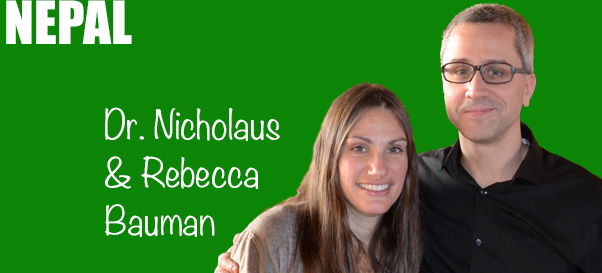This is a bit of a “medical” blog post – for those who are, or are not…., interested.
 I’ve been working at the hospital now for a few weeks, and have a bit of a sense how ‘work-life’ will be. There are 2 other surgeons here, one Nepali, and one from UK, as well as 2 Nepali surgeons who act essentially like chief residents, and are quite skilled. In many areas they surpass my meagre experience. In addition, there are about 4 or 5 other residents under us at any time at varying levels of training.
I’ve been working at the hospital now for a few weeks, and have a bit of a sense how ‘work-life’ will be. There are 2 other surgeons here, one Nepali, and one from UK, as well as 2 Nepali surgeons who act essentially like chief residents, and are quite skilled. In many areas they surpass my meagre experience. In addition, there are about 4 or 5 other residents under us at any time at varying levels of training.
Each week I will spend one or two days in outpatient clinic, where we see anyone referred to general surgery. This includes almost anything surgical apart from orthopaedics, so we get referrals for gyne, urology, abdominal, or anything “soft tissue” related. The kinds of things we’ve seen include ranula, complex adnexal masses, kidney stones, urinary retention, hemorrhoids, bowel obstructions, perforated ulcers, occasional bowel CA, tongue tie, paediatric and adult hernias, burns, blunt trauma etc…
One of the things that is always quite interesting from a Canadian perspective is the degree to which it is culturally acceptable for random strangers to participate in the health-encounters of another Nepali patient. On more than one occasion we’ve realized only half-way through the encounter, that one of the people in the room is not a family member, nor related, but has been listening intently to the conversation, and offering advice, or relevant questions. No one seems to mind too much…
As far as wildlife goes I’ve seen bee bites, bear bites, goat trauma, etc…, although no snake bites yet. In the emergency room there are about 20 formaldehyde-filled-bottles, containing a variety of snakes, some of which were caught on the compound, but most of which are brought in by patients for identification after they’ve been bit. The most concerning are small little green snakes, and anti-venom is available for those cases. Intubating and ventilating patients at the hospital is not usually a successful endeavour, and isn’t done for patients with COPD or multi system disease since outcomes are very very poor, but it is done for those patients who have temporary neurologic dysfunction 2ndary to snake bites. There was apparently a green snake near our house this morning which a neighbour saw, but it slithered away before it could be killed. (The black ones we ignore, because they apparently eat rats. The green ones are not given mercy.) I counselled Freda early on, that jumping into random bits of leaves or deep areas of the garden was probably not advisable. She still romps freely around, but hopefully with a modicum of fear. I always tell my residents with regards to any procedure, that “…a little bit of fear goes a long way.” I wish the same might be true of my youngest daughter?
As far as operating goes, I’ve done a little bit, although it hasn’t been as busy lately since there is an extra visiting surgeon from UK. I’ve had a chance to be a part of a breech C section, and an emergency C section (meconium), a 3kg adnexal mass, skin-grafting, a few hernias, perforated viscus, appendectomy etc… I’ve also organized some biweekly teaching rounds, at the hospital’s request, to supplement the teaching of the residents. This was previously organized by the australian surgeon who I’ve essentially replaced, and I know I will find satisfaction in that as well.
Some of the residents are functioning quite independently whereas others, at least surgically, are still learning how to stitch, how to retract, how to assist etc…, and how to work up patients in the emerg. Thus there are lots of different kinds of teaching opportunities, and for many of these residents, this will be the only time they get to learn how to do an appendectomy, or a caesarean, prior to being on their own, potentially in a more remote setting.

? Pyoderma gangrenosum ? Biopsy was taken, but will take about 1 month to return. This has been present for 1 year, in a non-diabetic. It started more superiorly, in an area that has now mostly healed. Ddx: ? TB skin / fungal / SCC…. Your opinion?
Thanks to all for any comments, and emails – we are very appreciative of the support we receive – even if we can’t respond to everyone!



